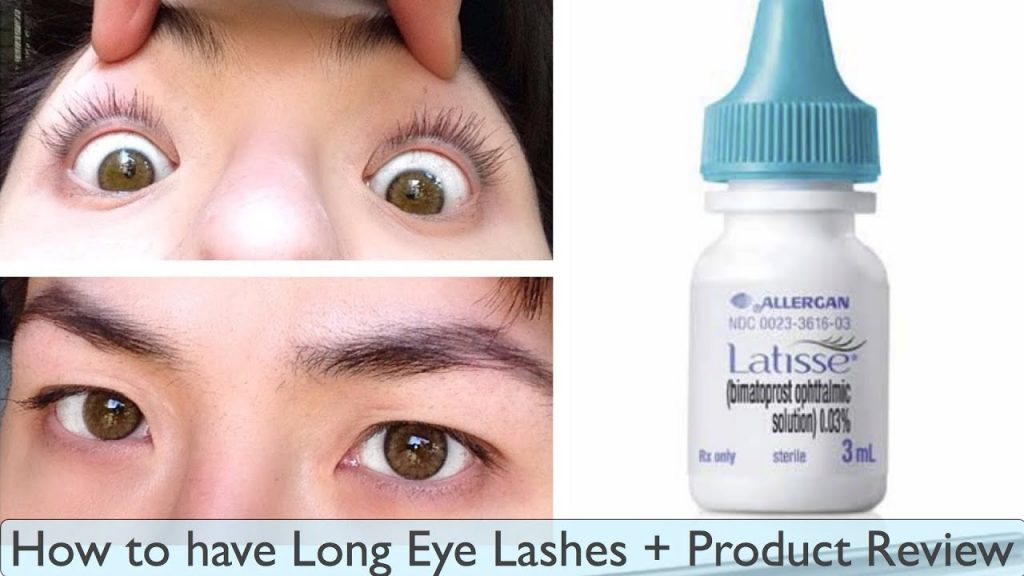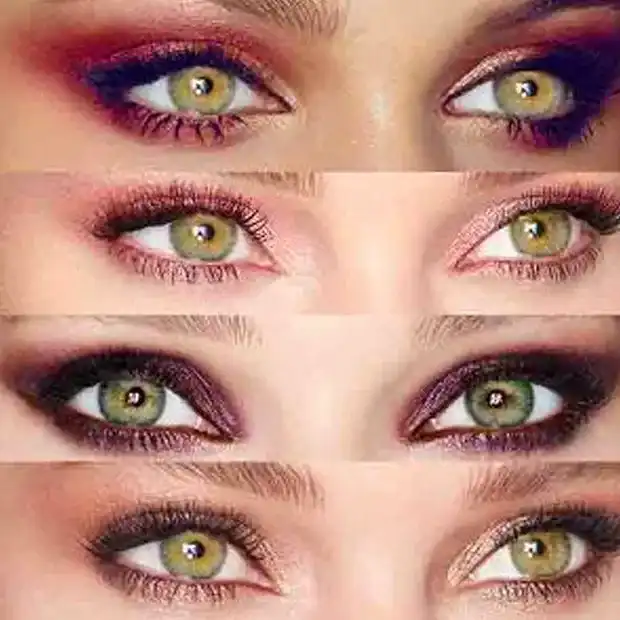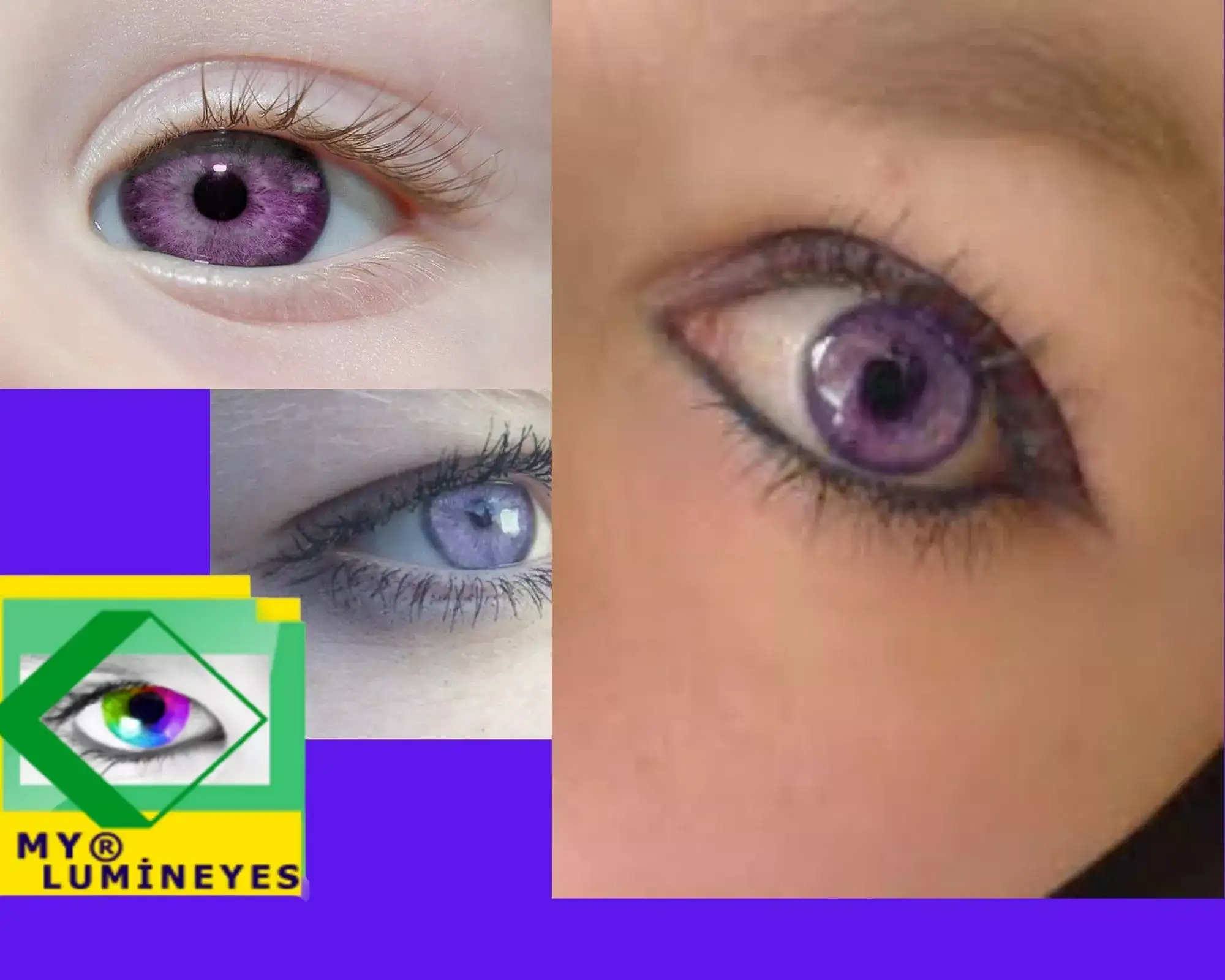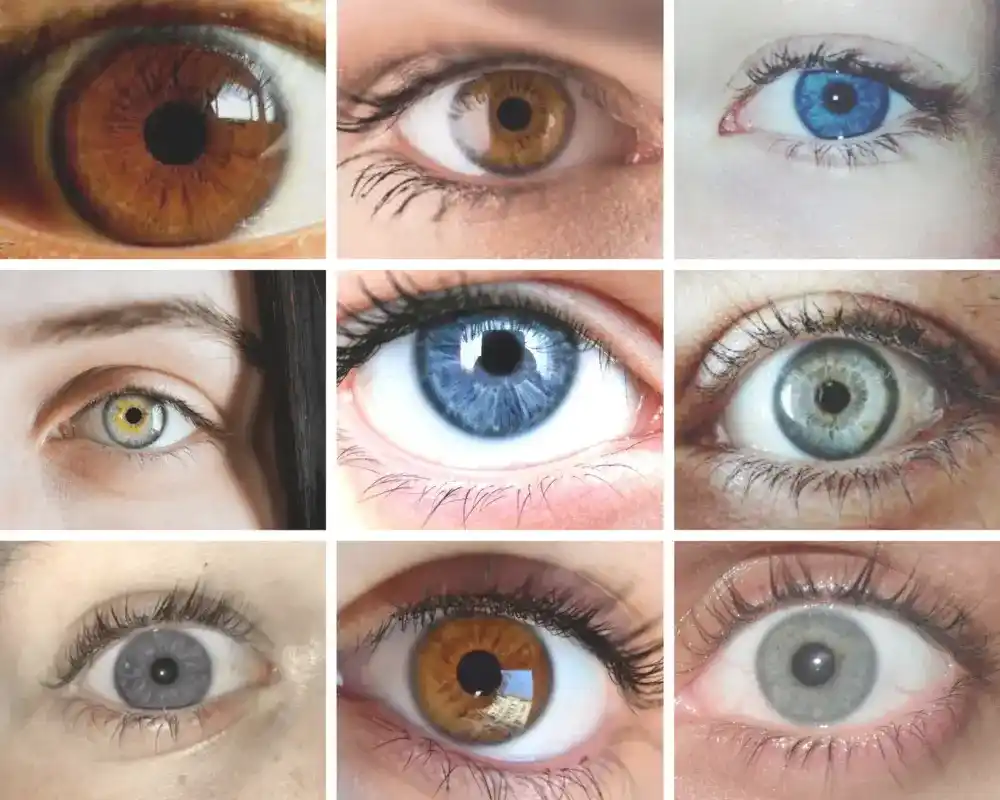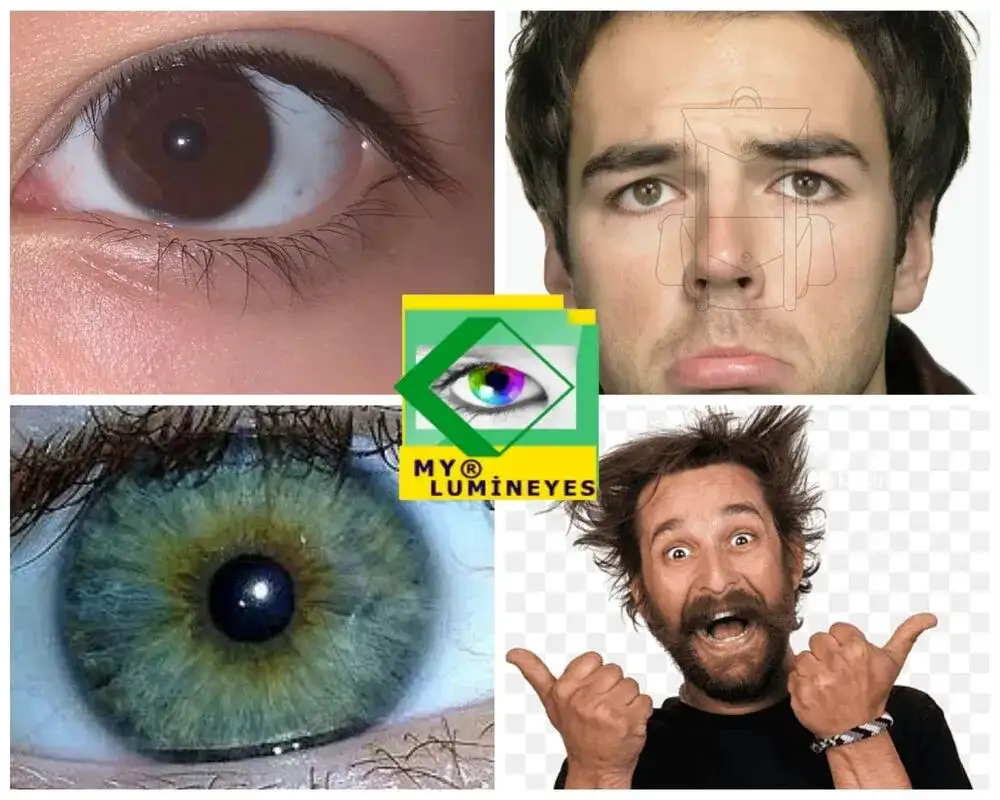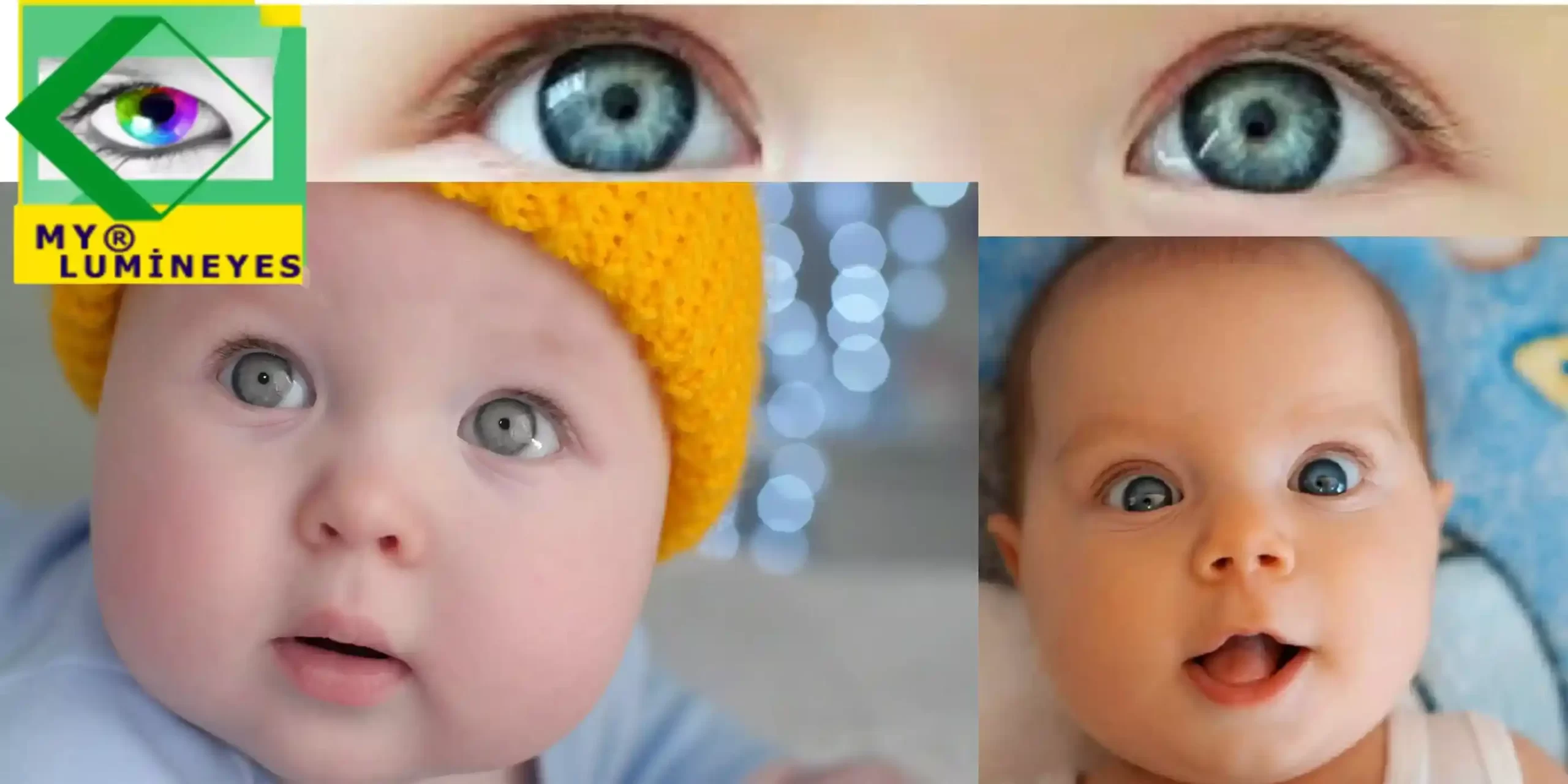Eye Color Drops: Do They Really Change Eye Color?
Eye color changing drops are frequently promoted online as a way to lighten or change the appearance of the iris. However, these claims are not supported by scientific evidence. The only drops known to affect eye color are prescription medications used for glaucoma, and they tend to make the eyes darker—not lighter.
Cosmetic or “lightening” drops sold without medical approval do not alter the iris pigment. Most contain mild lubricants or herbal extracts that have no effect on melanin levels. Some may cause irritation or allergic reactions, but none can safely change eye color.

Which Eye Drops Can Actually Change Eye Color?
Only one class of prescription drops can affect eye color: prostaglandin analogues. These medications (commonly used for glaucoma treatment) may increase melanin production in the iris, causing permanent darkening over time. They are not designed for cosmetic purposes and should not be used for eye color modification.
Products advertised as “iris lightening drops” are not medically recognized and have no proven mechanism for reducing melanin. Altering melanin is not possible through topical solutions because pigments are embedded deep within the iris stroma.
Risks of Using Unregulated Eye Color Drops
Unapproved products can cause:
• Conjunctival irritation
• Allergic reactions
• Redness or burning
• Increased sensitivity to light
• Surface inflammation of the eye (keratitis)
Because these products are unregulated, their ingredient purity and sterilization cannot be guaranteed. Using them may increase the risk of long-term eye discomfort or infection.
Can Eye Drops Make Eyes Lighter?
No. There is no medically approved drop that reduces melanin or lightens the iris. Any perceived lightening is usually a temporary optical effect caused by increased tearing or pupil size changes. True iris lightening requires a controlled clinical method.
The only procedure that directly interacts with natural iris melanin is explained here: Laser Eye Color Change.
Why Do Some People Think Drops Change Their Eye Color?
Marketing claims often exaggerate the effects of cosmetic lubricants. Some drops may make the eyes appear brighter by improving surface hydration, but this has nothing to do with melanin levels. The underlying eye color does not change.
Similarly, prescription prostaglandin drops may cause darkening, which is why they must be used under medical supervision only.
Safe Alternatives
The safest way to temporarily change the appearance of the eyes is through regulated color contact lenses fitted by an eye care professional. These lenses affect only the visual appearance, not the iris structure.
For individuals looking for medical information about long-term eye color change, controlled methods based on melanin interaction are discussed in the laser section of our website.
Conclusion
Eye color changing drops do not lighten or modify the natural iris pigment. Only glaucoma medications can darken the eyes, and they should never be used for cosmetic reasons. For safety, unapproved drops must be avoided, and any eye discomfort should be evaluated by a medical professional.
FAQ—Eye Color Drops
Do eye drops exist that can change eye color?
No. Only prescription glaucoma drops may darken the eyes, but no drops can lighten or permanently change iris pigment.
Are “lightening drops” sold online safe?
No. These products are unregulated and may cause irritation, allergic reactions, or surface inflammation.
Can natural or herbal drops lighten eye color?
No. Iris melanin cannot be reduced with herbal or topical products. Claims suggesting otherwise are not medically supported.
Why do my eyes look lighter after using drops?
Improved hydration or changes in pupil size may create a temporary appearance of brightness, but the pigment itself remains unchanged.

